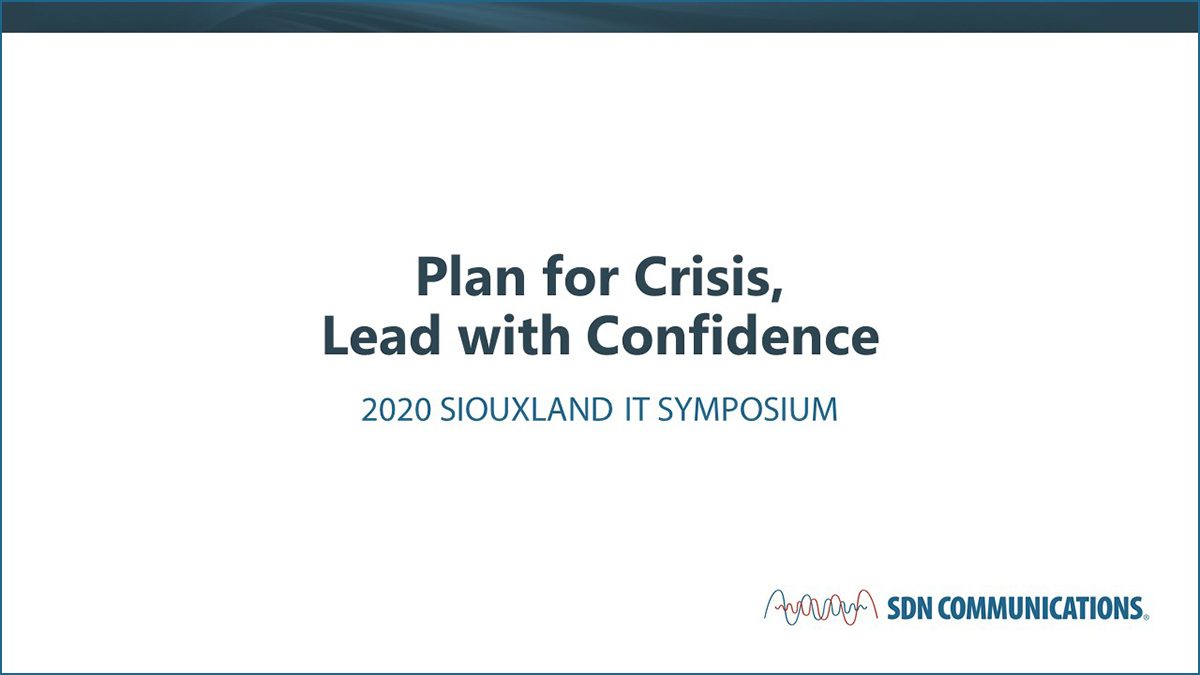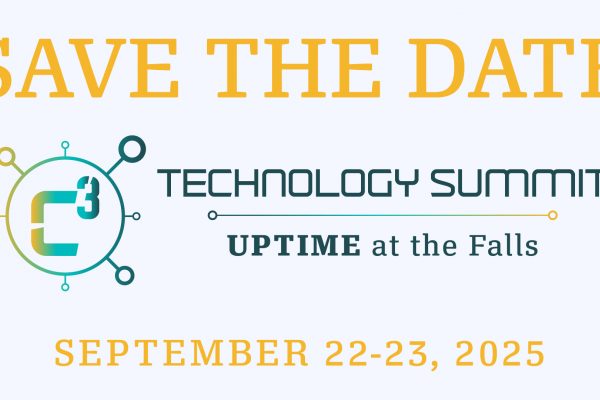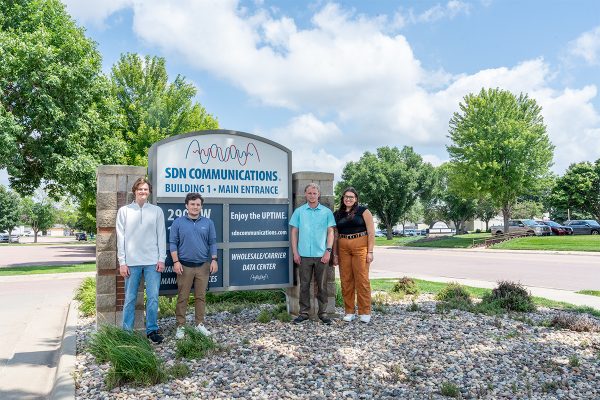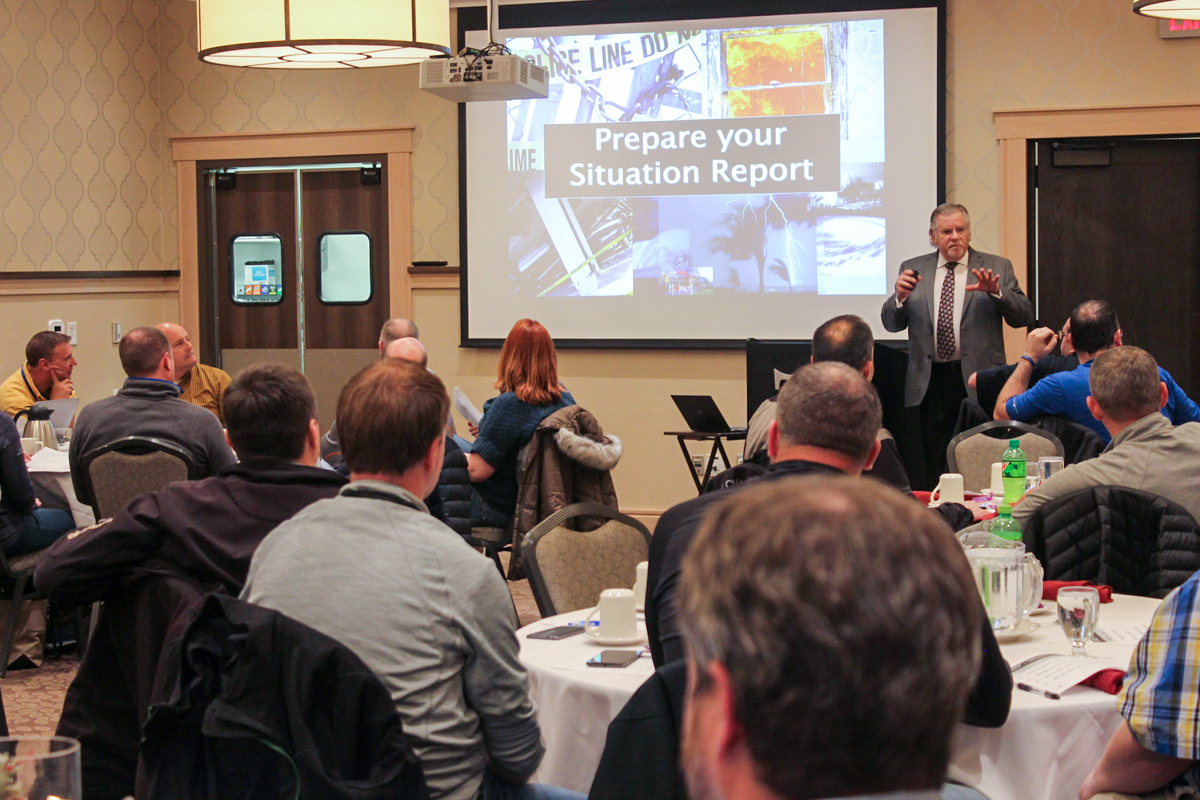
When a worst-case scenario comes true, being prepared is key — no matter the industry.
Knowing what to do can help employees navigate and manage solutions. SDN Communications Sales Engineer Chris Aeilts led a breakout session at the recent Siouxland IT Symposium.
He detailed some of the ways SDN’s teams prepared for disasters via tabletop exercises that ended up playing out in real life. This annual conference, designed for the IT executive community, went virtual for 2020.
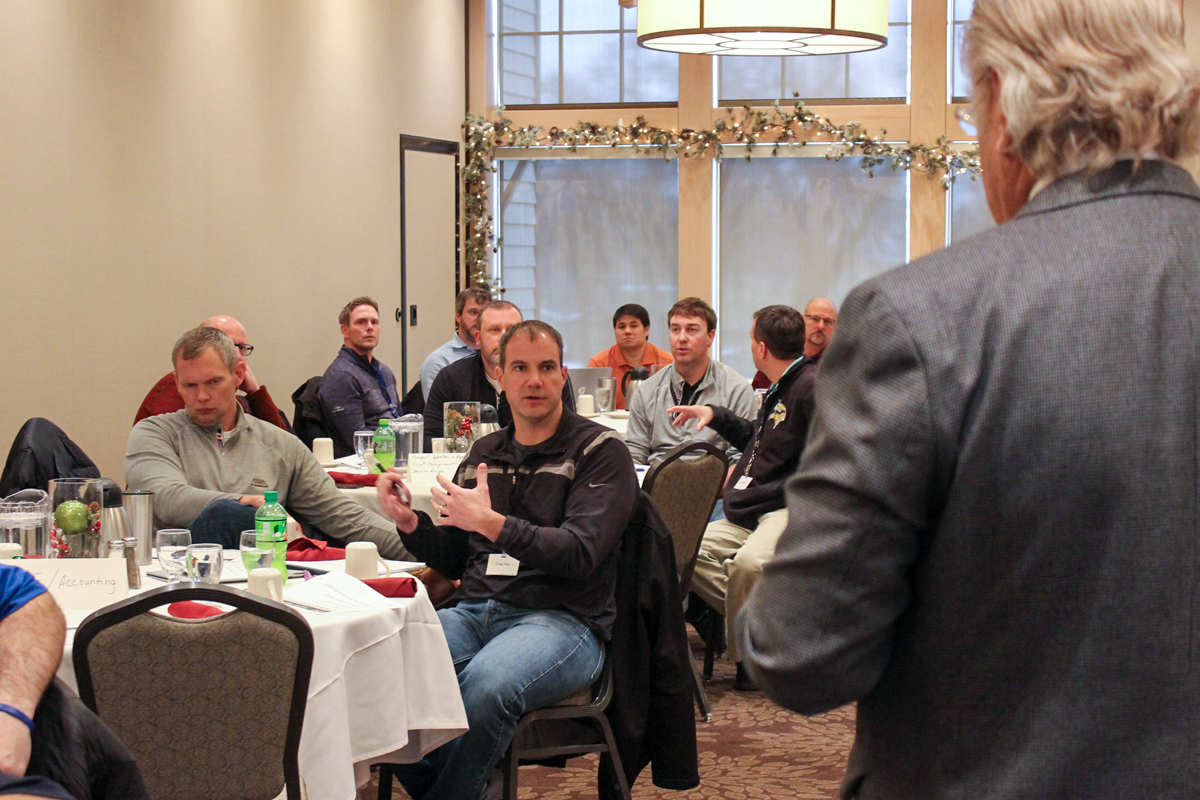
Members of the SDN Communications leadership team have undertaken tabletop exercises for several years as part of the business continuity and disaster recovery (BCDR) strategy. Staff members work through imaginary, yet realistic, situations. Such as a tornado or a global pandemic.
During the exercise, the facilitator introduces a crisis scenario. Employees then discuss their roles and response in a low-key, low-stress environment. It allows the team to thoughtfully discuss and evaluate the company’s current readiness and then develop actionable recommendations for improvements.

In 2018, the tabletop exercise revolved around a citywide weather event — destructive tornadoes. Less than a year later, on Sept. 10, 2019, the hypothetical situation became reality: three twisters touched down in Sioux Falls, leaving behind major damage.
The severe weather didn’t damage SDN’s facilities. But the team was prepared to respond because of the areas of improvement identified during the tabletop exercise and the resulting changes. They made sure SDN’s facilities could handle an influx of staff if operations shifted to another location. They practiced responding to an emergency through fire and shelter-in-place drills and made sure once employees are in place, they have alternative forms of communication such as analog telephones and radios.
Aeilts recognizes it’s impractical to operate a company as if every bad thing that could happen, will but it can be done within reason.
“The key is to examine your readiness in light of likely threats and take practical and reasonable steps to protect against it or mitigate the threat's effect,” he said.
A poll of the webinar’s attendees found three levels of preparedness at the businesses represented:
- 33% have a facility loss plan in writing and systems in place to support it.
- 33% have taken readiness steps that would support continuing operations but have no procedures in place.
- 33% have held discussions to identify improvements but haven’t taken action.
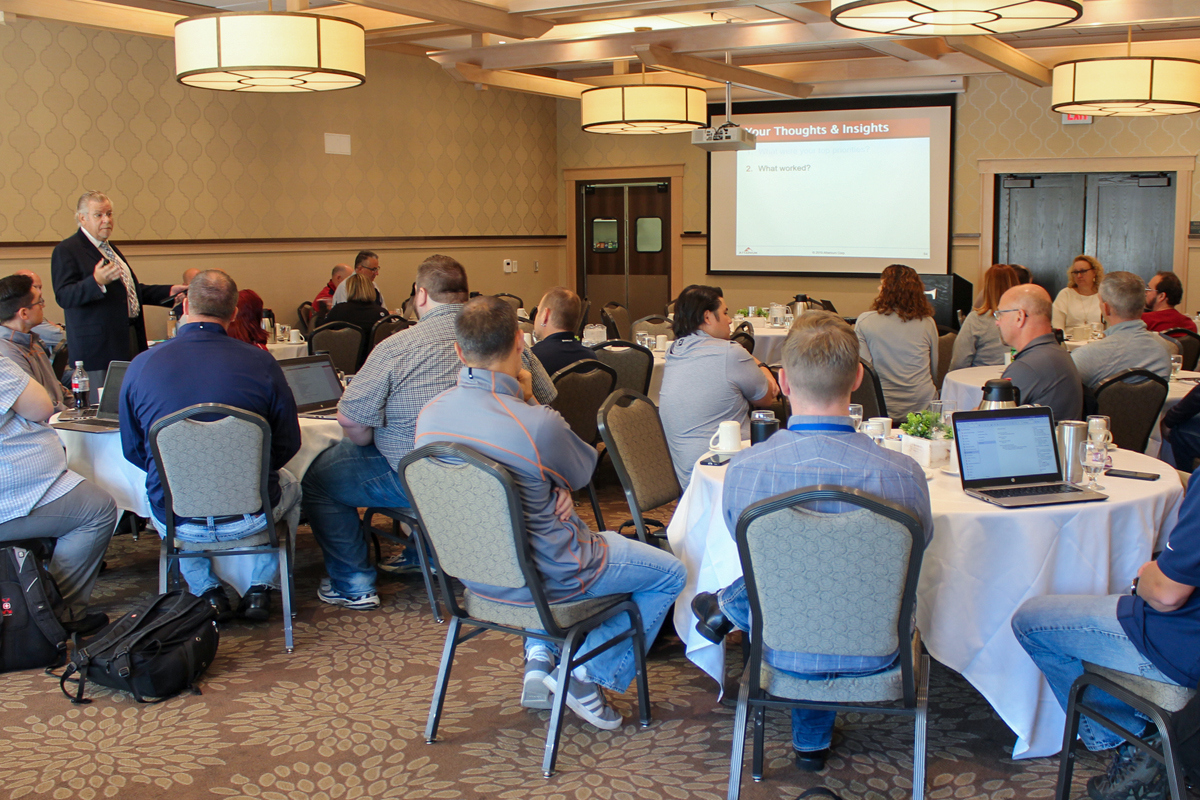
In October 2019, SDN’s tabletop exercise dealt with a global flu-like virus – another scenario that came true in the first quarter of 2020 and is still being navigated. Once again, Aeilts said talking through the imaginary crisis proved to be the most valuable preparation when the hypothetical situation became reality.
In the tabletop exercise, the virus first attacked a few critical function workers and then spread to others. They discussed ways to curb the transmission and what technology would allow them to do remotely.
New strategies included implementing a new phone system in early 2020 to allow for softphones on mobile devices and computers. Employees can now decide whether to receive calls on their desk phone, computer or cell phone without complex call routing. The entire workforce also moved to laptop computers with cloud-connected applications. That makes it easier to transition between workspaces, whether that’s at the office or at home, and continue to collaborate.
Living through a global pandemic can test any business and their ability to shift how they operate day-to-day. Most SDN employees are still working remotely.
In both exercises, Aeilts said the keys to the successful implementation of worthwhile measures included three things:
- The scenarios were designed around likely threats.
- The exercise included the executive team and representation from all functional groups.
- The action plan that resulted included reasonable steps.
“If it’s not easy enough to implement, the steps of protection may get set aside for the more immediate needs of the business,” Aeilts said.
For SDN customers, immediate needs included increased bandwidth and additional VPN logins and SDN’s teams were prepared. The structure for day-to-day operations and processes put in place consistently help identify upcoming needs on the network.
“Good planning had already prepared the infrastructure for the changes,” Aeilts said.
He says it’s a testament to how evaluating and projecting your operations can prepare systems and people to handle unexpected challenges. Tabletop exercises can help anticipate those situations.
As for SDN’s next exercise – Aeilts is very interested to learn the next topic.
SDN is a leader in providing business internet, private networking and cloud connectivity to businesses and organizations in communities such as Sioux Falls, Rapid City, Worthington, and the surrounding areas.
